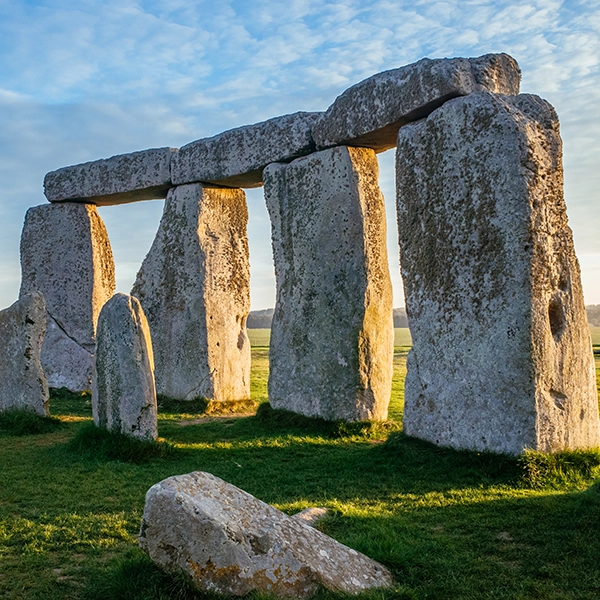Unraveling The Mystery: Who Built Stonehenge?

The construction of Stonehenge, the iconic prehistoric monument located in Wiltshire, England, has been a subject of intrigue and fascination for centuries. The monumental stone circle stands as a testament to the remarkable engineering skills and astronomical knowledge possessed by the ancient people who built it. While the exact identity of the builders remains a mystery, archaeologists and researchers have pieced together clues to unravel the story behind this enigmatic structure.
The Neolithic Builders
Stonehenge is estimated to have been constructed during the Neolithic period, beginning around 3000 BCE and continuing over several centuries. The builders of Stonehenge were part of a complex society that had settled in the region and established a sophisticated culture. They were skilled farmers and herders who had transitioned from a nomadic lifestyle to a more settled existence.
The Phases of Construction
The prevailing theory suggests that Stonehenge was built by a succession of different communities, each contributing to its construction and modifications over time. The earliest phase of Stonehenge, known as Stonehenge I, consisted of a circular ditch and a bank with a series of large timber posts placed within it.
Stonehenge II, dating from around 2600 BCE, marked a significant transformation in the monument's construction. During this phase, the builders replaced the timber posts with imposing stones known as bluestones, which were transported from the Preseli Hills in southwest Wales, approximately 150 miles away.
The most distinctive feature of Stonehenge, the massive sarsen stones, was added during the final phase, known as Stonehenge III, which took place between 2400 BCE and 2200 BCE. These enormous stones, some weighing up to 25 tons, were quarried from the Marlborough Downs, located about 20 miles north of Stonehenge.
Cultural Identity and Ceremonial Significance
The identity of the people responsible for these remarkable feats of construction remains elusive. However, archaeological evidence, such as the discovery of pottery and other artifacts, provides some clues about the builders' culture and way of life. It is believed that the builders of Stonehenge belonged to a religious or ceremonial community, with a strong focus on astronomy and the cycles of the natural world.
Theories of Community Collaboration
One prevailing theory is that the people who built Stonehenge were part of a larger network of communities that shared religious and cultural practices. This theory suggests that Stonehenge served as a gathering place for people from various regions, who came together during specific times of the year to celebrate religious ceremonies, observe astronomical events, and conduct communal rituals.
Astronomical Alignment and Sacred Significance
nother intriguing aspect of Stonehenge is its alignment with celestial phenomena, particularly the summer solstice. The monument is carefully positioned so that, during the summer solstice, the rising sun aligns perfectly with the Heel Stone, illuminating the central altar stone. This alignment suggests a deep understanding of astronomical events and a reverence for the cycles of the sun and the changing seasons.
A Legacy of Ingenuity
The builders of Stonehenge demonstrated an impressive knowledge of engineering, architecture, and astronomy. The precision with which the stones were placed and the complex geometry of the monument suggest that the builders possessed advanced mathematical and surveying skills. They meticulously arranged the stones to create alignments with celestial bodies, indicating a deep understanding of the cosmos and a desire to connect their ceremonies and rituals with the movements of the heavens.
While the specific names and identities of the individuals who built Stonehenge remain unknown, the monument stands as a testament to their collective efforts.
